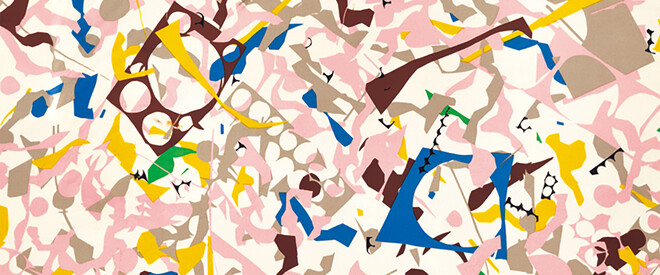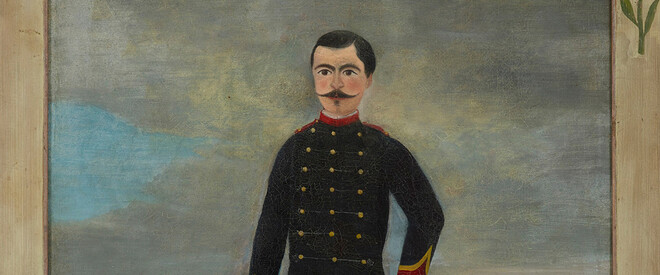Founded in 1610, the Takenaka Corporation has remained consistently active, maintaining a 400-year history of master carpentry and a spirt that evolved with the modern construction industry that emerged in the Meiji era of the late 19th century. While developing a business model based on integrated design and construction, the company’s field of activities now extends to the wider world. Along with numerous photographs, models, and blueprints of the “forms” that Takenaka has created over its long history, this exhibition presents a diverse range of peripheral materials such as works of art and design from each period, providing insight into the modernization process in Japan from the perspective of architecture.
now
over
over
2016.04.23 - 06.19
400 Years of Architectural Challenges―TAKENAKA : Master Builder in Japan
Overview
Information
Dates:
April 23, 2016 (Saturday) - June 19, 2016 (Sunday)
Closed:
Mondays
Hours:
10:00A.M. - 6:00P.M.(Last entry 30 minutes before closing time.)
Place:
Setagaya Art Museum, 1st floor exhibition rooms
Organized by:
Setagaya Art Museum(Setagaya Arts Foundation)
Patronized by:
Setagaya City, Setagaya City Board of Education
Specially cooperated by:
Takenaka Corporation, Takenaka Ikueikai, Takenaka Carpentry Tools Museum, Gallery A4
Granted by:
The Asahi Shimbun Foundation
Admission
Adults 1,000 yen, Seniors(over 65) 800 yen, University and high school students 800 yen, Junior high and elementary school students 500 yen
Overview
Founded in 1610, the Takenaka Corporation has remained consistently active, maintaining a 400-year history of master carpentry and a spirt that evolved with the modern construction industry that emerged in the Meiji era of the late 19th century. While developing a business model based on integrated design and construction, the company’s field of activities now extends to the wider world. Along with numerous photographs, models, and blueprints of the “forms” that Takenaka has created over its long history, this exhibition presents a diverse range of peripheral materials such as works of art and design from each period, providing insight into the modernization process in Japan from the perspective of architecture.

